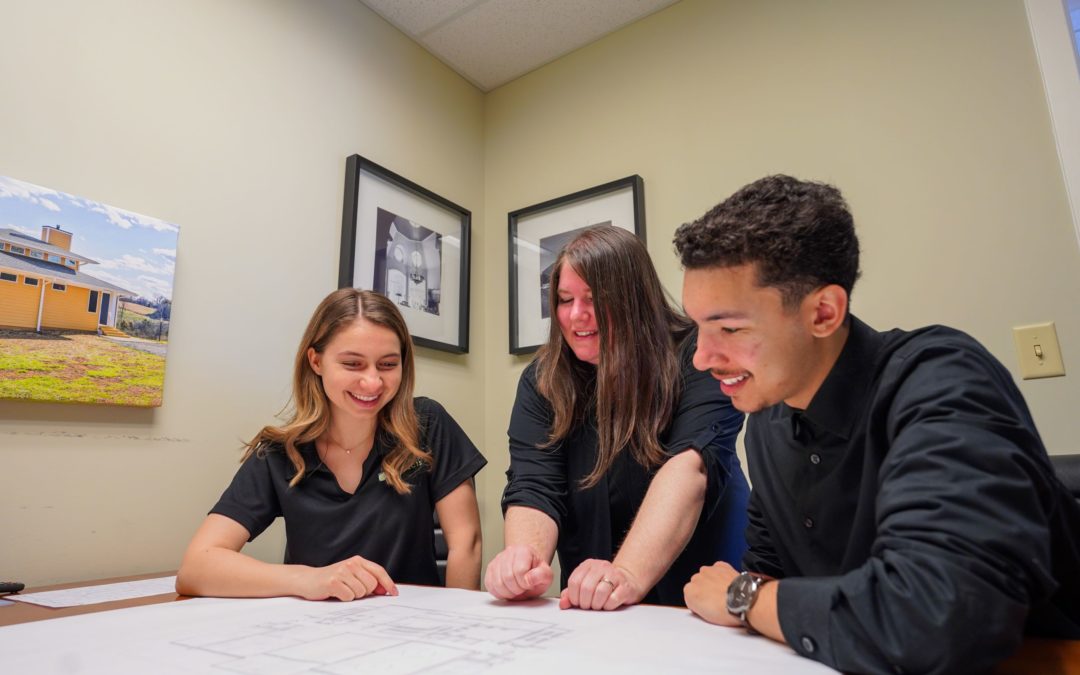
Designing your dream home – Steps to Success in Design
So you want to build your dream home. So how do you start, what is the process, and who do you need to help? These are common questions for those getting ready to build. Here is a list of the steps that get you started with a good plan, the key to achieving a smooth construction process.
Step one: Program
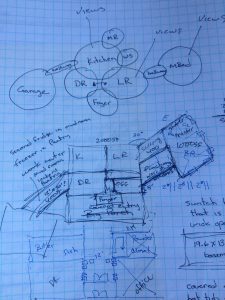
This first step is often done prior to hiring a professional and then continues through the first meetings with an architect. Programming includes deciding things like budget, size, location, aesthetic, performance, rooms, and functionality. Finding pictures of homes you like allows for an architect to better understand your goals. A clear understanding of the goals for your project, how you live, and what you think might happen in the coming years are critical to a home for a lifetime. Don’t purchase generic home plans online, they never save you money over the whole project, hire a professional that is focused on designing the exact home you need.
Step two: Schematics
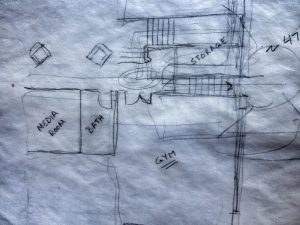
This phase is best done with you and your architect involved through multiple conversations, meetings, and sketches. Schematic design starts with diagrams of how the parts and pieces fit together and slowly evolves into hard lines and defined spaces. Schematic design creates the basis for all the later stages of design and construction. This phase takes your program and puts it together into something the looks like a floorplan and refines goals and budgets. Skipping this step is a disaster for the overall project – you just may not realize it until you move into the home and things are not right, opportunities are missed, or layouts are not efficient.
Step three: Design Development
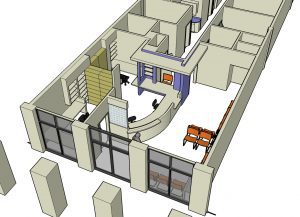
Design Development is the phase where the architect starts the heavy lifting. Ideas and goals are finalized, spaces take their shape, and details are added. This is the phase of design where concepts become concrete, elevations are fully developed, and the design is fine tuned. Design development usually goes very fast if schematic design is done just right and new ideas are not introduced. This phase is where most of the benefit of efficiency in construction are realized on paper – it saves you money every time to have a well thought out plan in advance of cutting any wood.
Step four: Construction Documents (CDs)
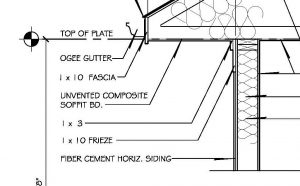
Construction Documents phase is where dimensions are added to the drawings, electrical layouts are finalized, structural elements are finalized and verified, and wall sections are detailed. CDs provide the instructions to build your dream home – this is the information often left for the builder to figure out for you by online plans, leaving you open to lack of coordination and holistic vision. The CD phase is very important to have someone involved that understands what information should be included on the drawings and in the specifications. A complete set of documents makes confusion unlikely later in the construction process. Again, a good plan saves you money every time.
Step five: Contract Administration
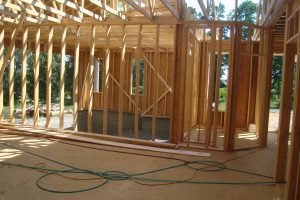
This is the most important part of the process to have the architect involved. The architect is able to see problems in the process before they are big issues, protect your interests, and help keep the project focused on the key elements of the design that have been developed in prior stages. Having an architect walk hand in hand with you through the entire design and construction process gives you years of day-to-day experience which benefits you in cost, schedule, and quality. Good design, good planning, and a trusted team is the key to a successful dream home.
